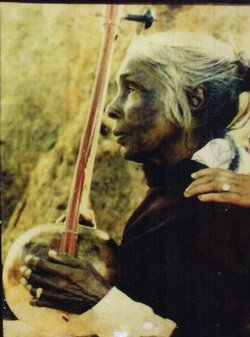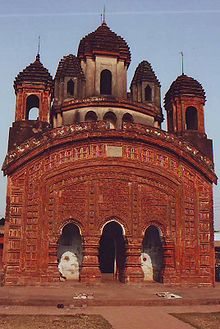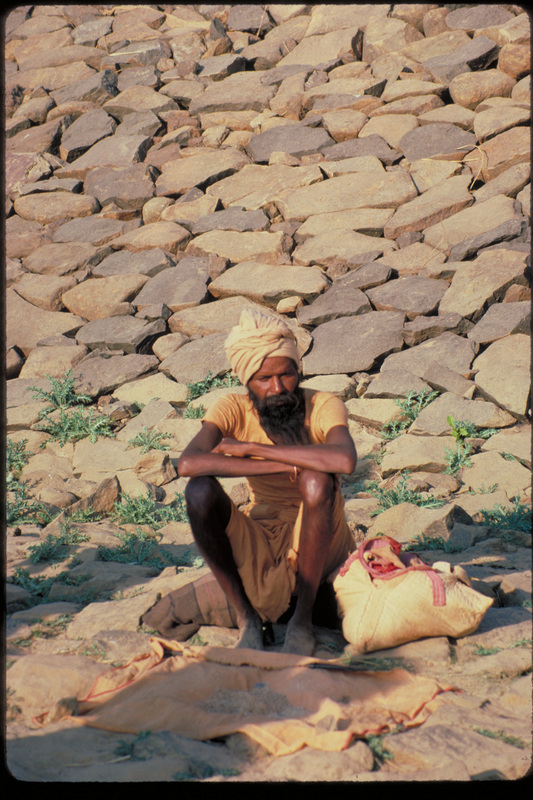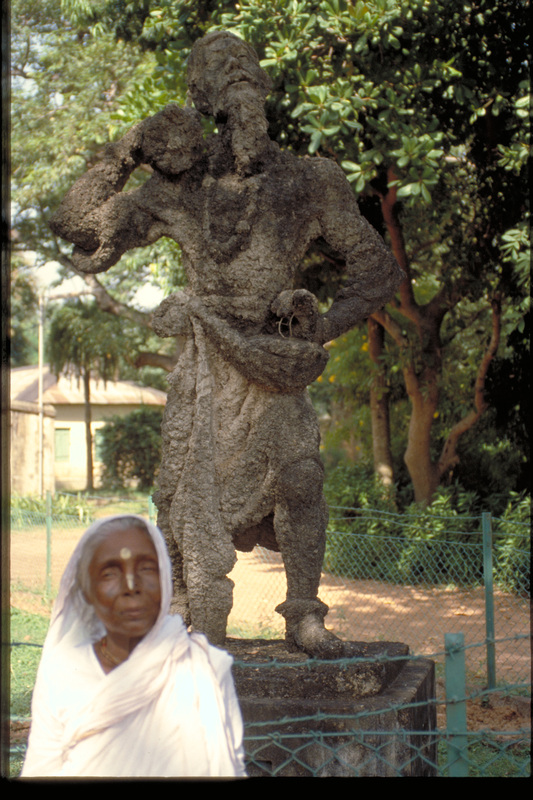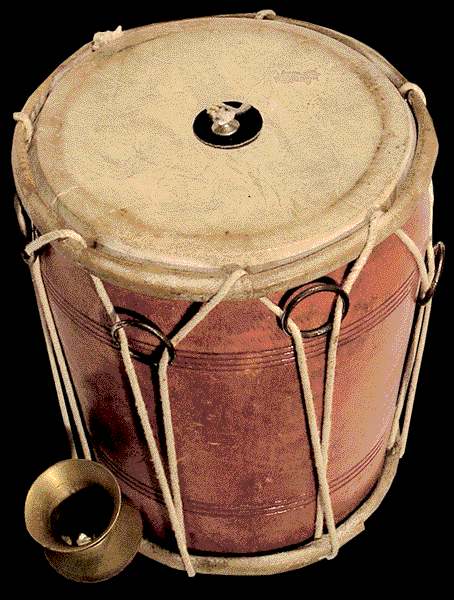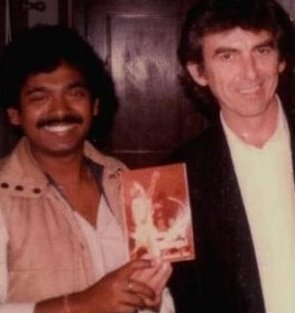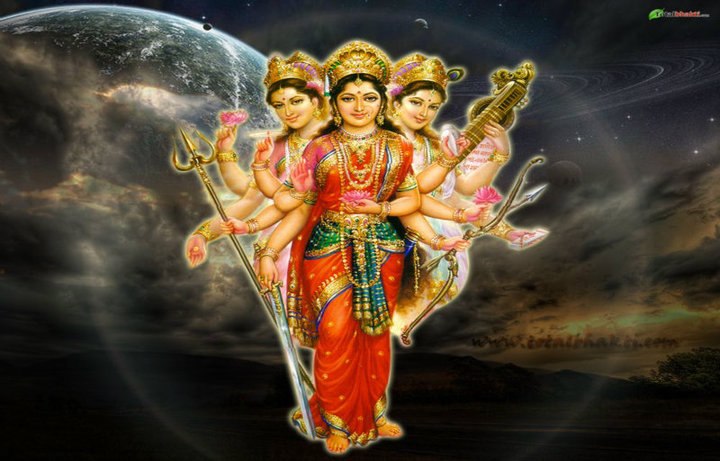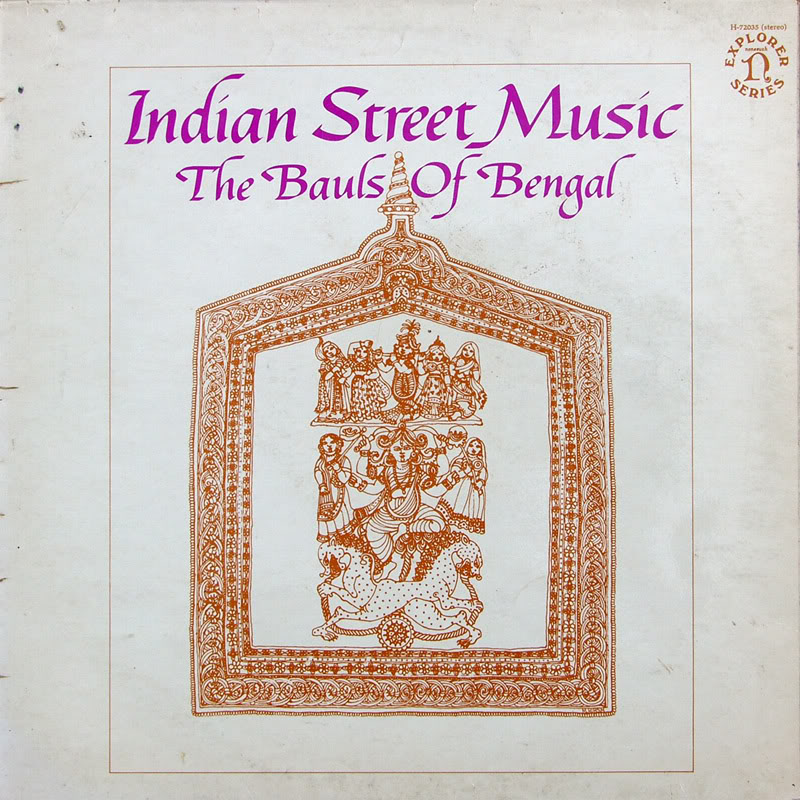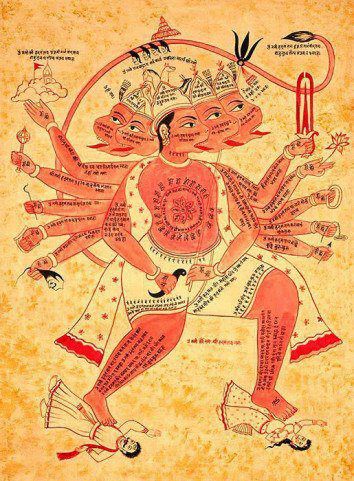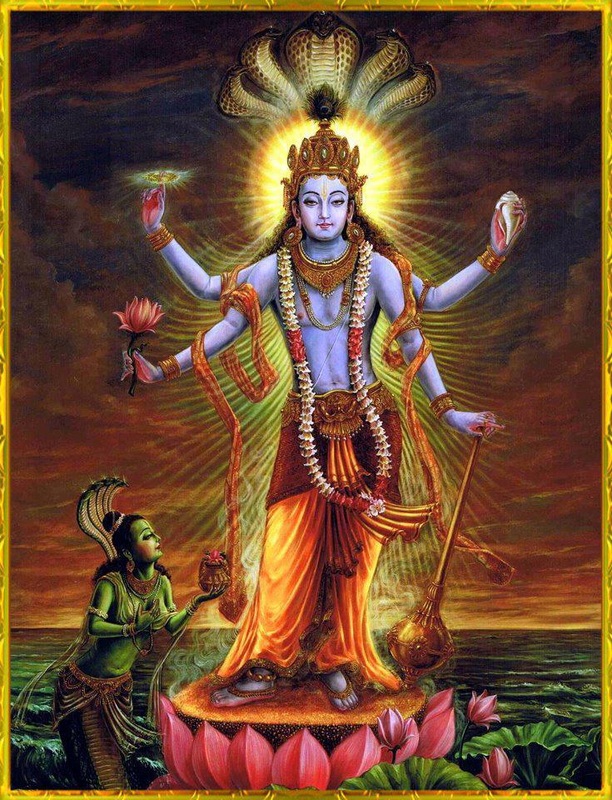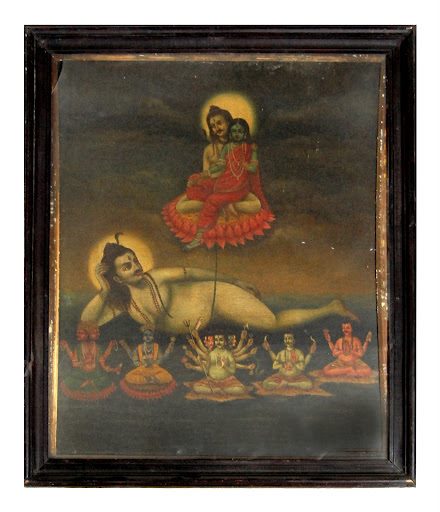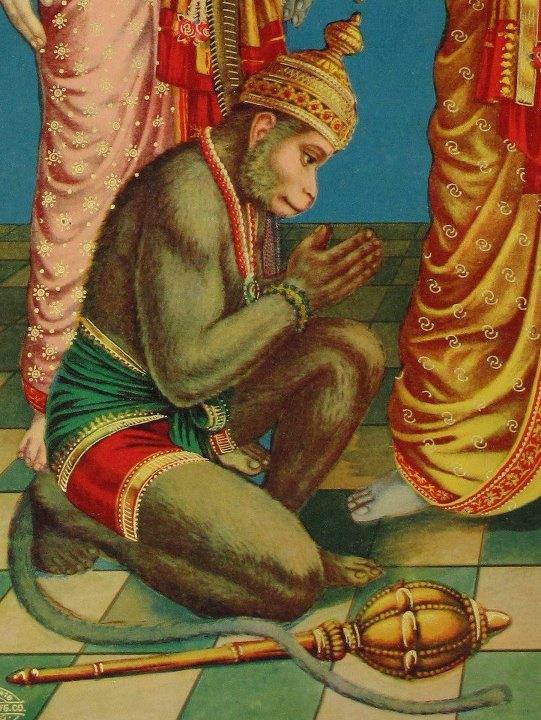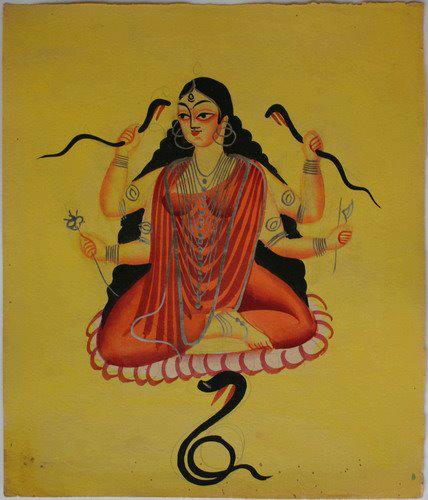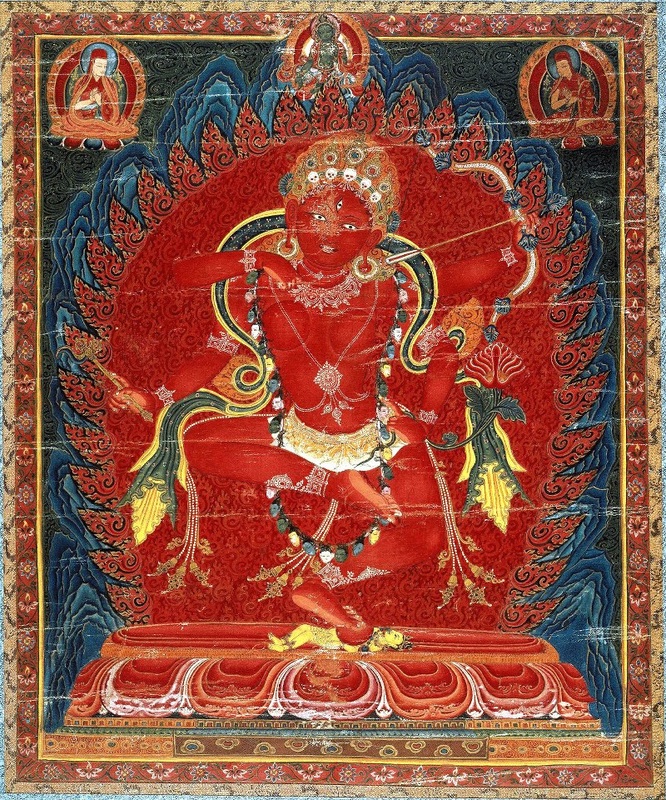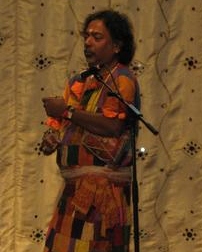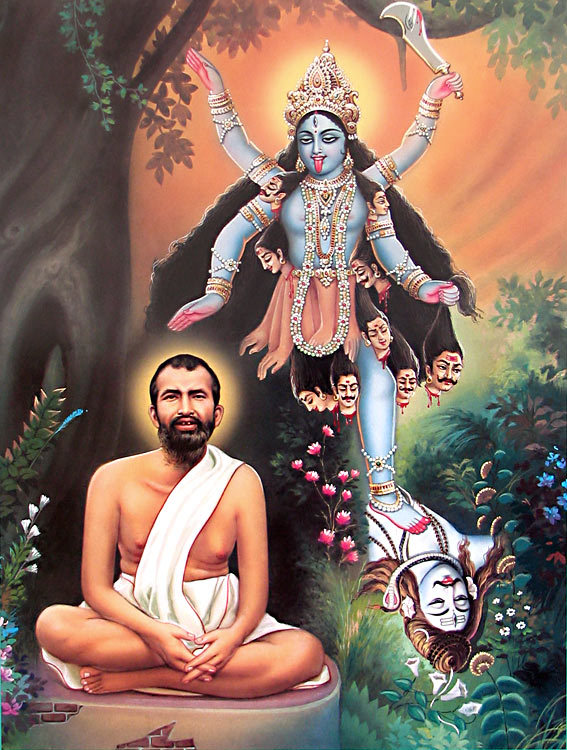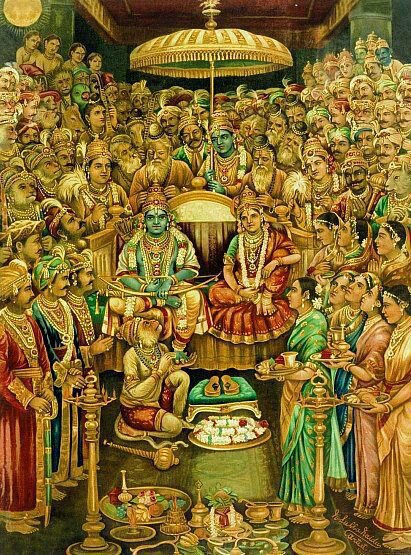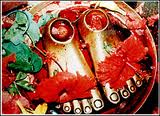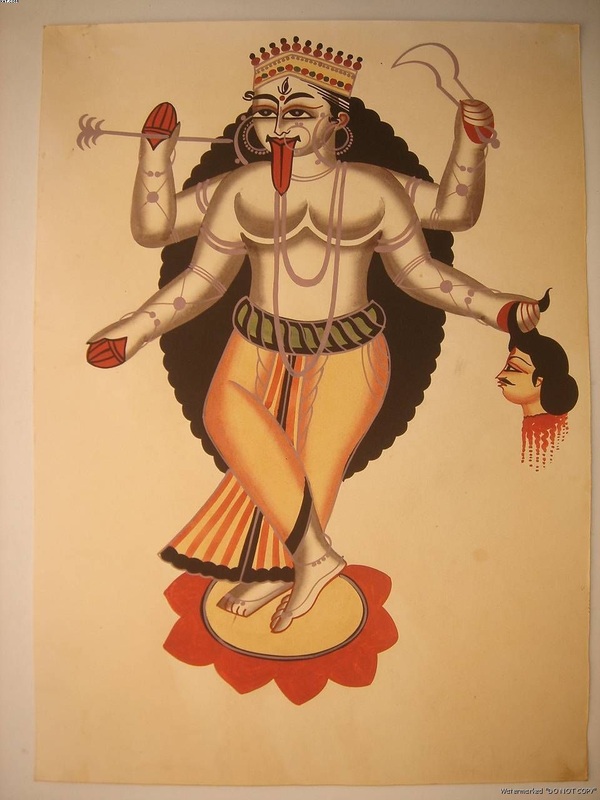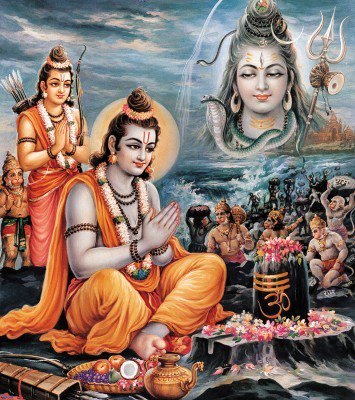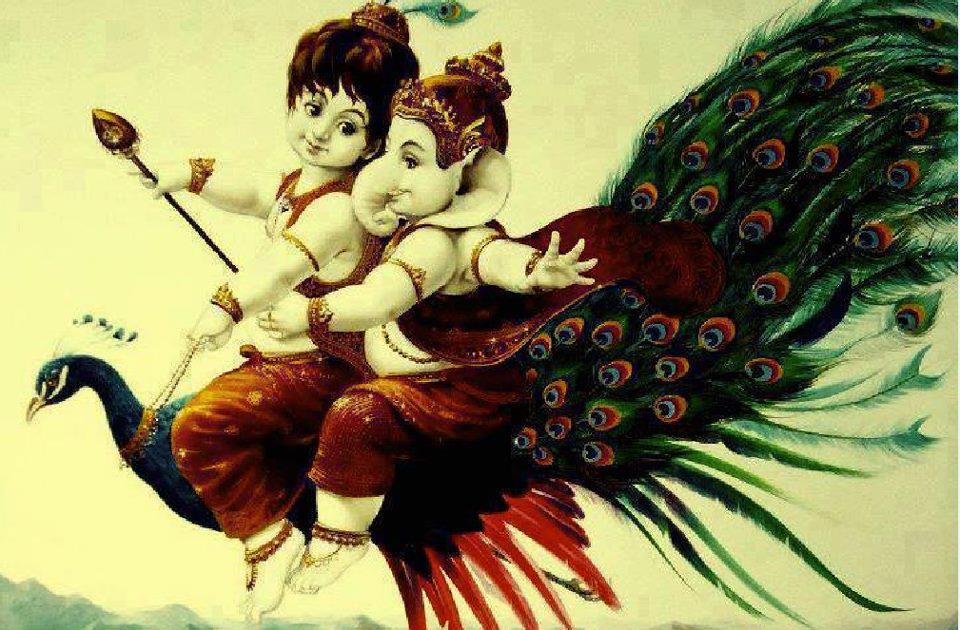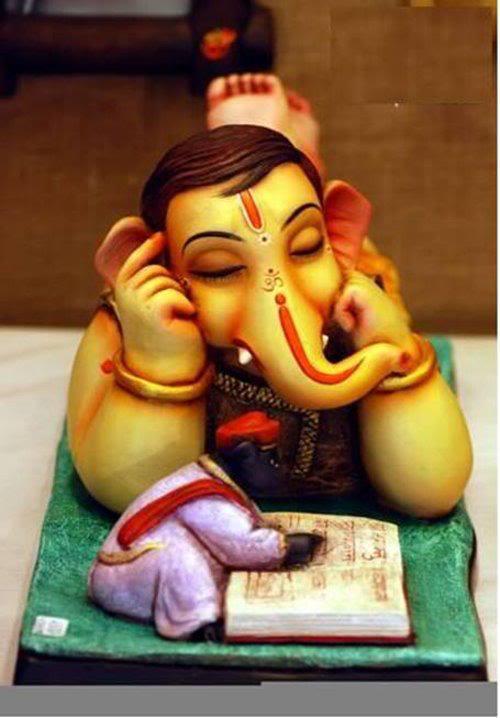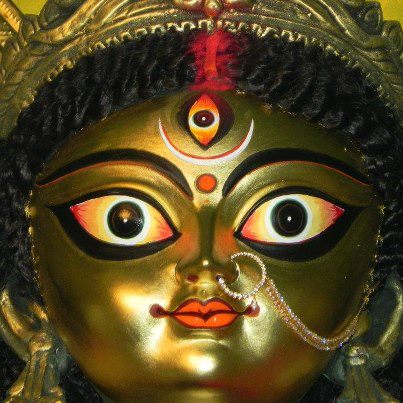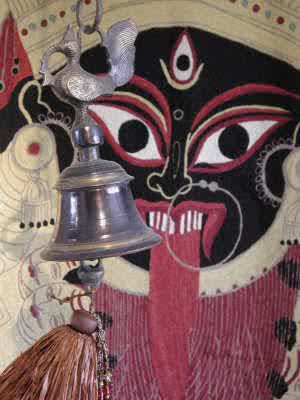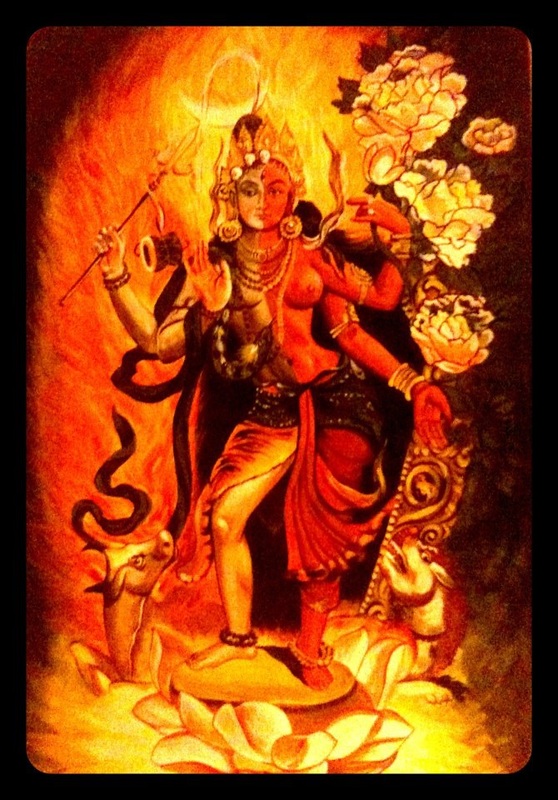
The Nectar of Immortality
|| The Nectar of Immortality ||
- by Baba Rampuri
NOW… before time was counted, the Devas, who we know as gods, and the Asuras, who we know as demons, let their eternal differences be forgotten for a timeless moment, and joined together to churn the Ocean of Milk (Ksirabdhi) for that Treasure of All Treasures, The Nectar of Immortality, Amrit.
To acquire such a treasure requires an effort equivalent to the fruit. The Deva-gods lacked the numbers and strength for the Great Task, themselves, and had no choice but to invite their nemeses, the Asura-demons, equal to them in numbers and strength, to become partners in the greatest enterprise the cosmos had yet witnessed. LIVE FOREVER! Defy and defeat Death. The massive cast of Extraordinary Characters assembled, the Deva-gods and Asura-demons agreed to share this AmritNectar, as well as the other treasures that would result from churning The Primordial Waters. On this Sea, the great god Vishnu dreamt the world into existence while asleep on his bed consisting of the coils of his Endless Serpent.
They would churn the Endless Bottomless Waters as a farmer might churn fresh milk for butter. The simple farmer, by rubbing his hands back and forth on a wooden rod, or pulling a small rope on the rod which is inserted in the fresh milk, causes fat in the milk to solidify making butter. The butter then rises to the surface. We are talking scale, however. Where would the Cosmic Personalities find the colossal tools and implements for such an unthinkable task? Technology, as we know it, was born with man, who was not yet even a distant dream for the gods and demons. The waves of The Ocean of Milk lapped the empty shores of the Void; such was its magnitude.
The Rod. The largest solid thing in the universe was Mount Mahameru, The Axis of the World, The Support of Heaven. Ingeniously they turned it upside down to use as their churning rod.
The Base. One of the great god Vishnu’s ten incarnations is that of a giant tortoise called Kurma Avatar. To the delight of the throngs of gods and demons, Vishnu, in a flash of blue light, manifested himself as the giant tortoise avatar which, floating in the depths of the Cosmic Sea, became the support for the upside down mountain churning rod.
The Rope. What was Long? What rope could measure the girth of Mount Meru, withstand its razor rocks, and still extend into the hands of countless gods and demons? The King of Serpents, Vasuki Cobra, was Long, and in fact, Almost Endless. He agreed to be the churning rope. The Army of Gods would pull from one side, the Army of Demons from another.
The Gods were not Fools. They knew that their alliance with the Asura-demons was tenuous at best, AND they understood Cosmic Snakes. They successfully negotiated to hold the tail of Vasuki Cobra, while the Asura-demons were left holding his hissing head. It was only after the churning began that the demons realized their strategic shortcoming. Vasuki Cobra was known for his ghastly poisonous breath, the Mother of Bad Odor. The Asura-demons found themselves fainting from the Foul Fumes. At once, they were at a great disadvantage in the quest for Nectar-amrit.
The constant friction of the Serpent Vasuki’s rope-like body rubbing against Mt. Meru at first created smoke, which then turned to flames. All of Meru started to burn in such a great fire that it’s blaze challenged even the Sun. It threatened to annihilate all life on the great mountain. God-king Indra, the chief of the Deva-gods, Bearer of the Thunder Bolt, sometimes also known as the Rain God, darkened the skies, rumbled the heavens, and released great torrents of rain, which cooled and soothed Vasuki’s burned body, and extinguished the great inferno.
But there was another problem. Poison. The World-Poison, Halahal. Poor Vasuki Cobra was pulled by his tail by the gods, and then pulled by his head by the demons, so, as you can imagine, after a thousand years he became dizzier and dizzier, and then very very nauseous. The Keeper of Poison spun and heaved and then, get out of the way, he vomited the venom of venoms. The Asura-demons lost consciousness, the Deva-gods reeled, and there was only Shiva, the Imbiber of Poison himself, who could deal with the situation. We will never know, however, whether or not he could have swallowed it and withstood its deadly effects, for as he drank it, Parvati, his consort, in a fit, grabbed him by his throat thus preventing the poison from being swallowed. He kept it in his throat, and became known thereafter as Nilakantha, Blue Throat.
The gods and the demons churned the ocean many thousands of years, before they saw the first fruit of their labors. Surabhi, the Divine Cow, the Mother of All Cattle, the Nourisher of All Beings, rose slowly to the surface of the Waters. She was quickly spirited away by gods and sages, who knew that she was also known as Kamadhenu, the Wish Granting Cow.
Then came the Ocean Goddess, Varuni, then Parijata, the fragrant Wish-Granting Tree. These deities and other wish-granting beings or objects are always a big hit. The treasures now came one after the other: the Apsaras (the celestial dancers); Soma the Moon (which Shiva quickly grabbed and put in his dread locks as an ornament); a ruby called Kaustubha (which Vishnu placed in his breast); the great medicinal herb named Vijaya, cannabis (which Shiva also claimed); and then the Great Goddess Mahalakshmi, the Earth Mother, the Goddess of Prosperity.
She rose from the depths of the waters seated on a magnificent lotus, holding a water lily in her hand. Deva-gods, Asura-demons, and sages clamored to get near her and all joined the celestial musicians, Gandharvas, singing her praises, while the Apsara-nymphs danced. Ganga and the other holy rivers appeared and offered the Earth Goddess their fragrant waters. The four immortal elephants that support the Earth filled golden pitchers from these Sacred Streams, which in turn bathed the Goddess. Then she sat on the lap of her beloved, the God Vishnu. The demons were not pleased that the gods seemed to grab all the booty.
It is all about NOW. And now is the moment. The Waters bubble and foam. Now the god Dhanvantari emerges, Lord of Healing, Herbs, and Longevity, holding in his right hand a pot, a kamandal pot, not dissimilar to the one given to me by Hari Puri. They All knew he had It. He came last. The Nectar of Immortality, amrit, was contained in this kamandal, also known as a kumbh.
Not taking any chances, the demons hastily snatched the kumbh away from Dhanvantari. The demons then surrounded the kumbh in concentric circles and prepared for a fight. Now that they had the Ultimate Treasure, there was no turning back, there was no way they were about to lose it. The Deva-gods couldn’t even get close.
All was not lost, there is always a potential. The god Vishnu, not normally known as a cross dresser, manifested himself as Mohini, The Enchantress, no, The Seductress; a voluptuous celestial damsel so beautiful, that Devas and Asuras alike forgot everything save their uncontrolled lust. When Mohini seductively winked her kohl-painted eyes deep as the ocean of milk itself, and let fall her upper garments revealing her golden jug-like breasts, the demons became overcome with desire. It was not difficult for her to coax these demons into handing over to her the kumbh of amrit, The Nectar of Immortality. After all what is immortality when compared to the possibility of a moment with the Goddess Mohini?
She DID promise to distribute the amrit equally among the gods and demons. BUT, only if they all agreed to comply with her method of distribution.
She insisted that the Deva-gods and the Asura-demons sit in two long lines, pangats, facing each other. Only gods in one line, and only demons in the other. She would distribute to the gods first. Someone has got to go first! The Demon Rahu, however, was impatient. He jumped the queue, as it were. With his magical powers of transformation, he assumed the form of a god and very quietly sat in the god’s line with his face down. Incognito. As if none of the gods would notice a ‘new’ god. And, in fact, he did manage, very surreptitiously, to quaff a drop of amrit.
Soma the Moon and Surya the Sun both realized immediately what had just happened, and shouted out to Vishnu. Angered by the cheap trick, Vishnu threw his Divine Weapon, his discus, the Sudarshan Chakra, at Rahu, severing the demon’s head. The amrit had not yet reached his lower body parts, so his immortal severed head flew off into the heavens. From that moment, Demon Rahu, the severed head, eternally prowls the heavens in pursuit of the two informer spies, Surya the Sun and Soma the Moon. When he finally catches up with them, and he does from time to time, he takes his revenge and happily swallows them whole, but, missing a body, the Sun or the Moon passes through his throat and back into the heavens. These are the eclipses, the grahans, that cause terror.
Rahu is the ascending node of the Moon’s orbit, while his body, which becomes known as Ketu, becomes the descending node. Their motion is retrograde with respect to the other grahas, planets, and they remain 180 degrees apart. The Moon’s orbit crosses that of the Sun at two very important points, the Northern and Southern nodes, known as Rahu and Ketu.
Shukra-Venus, the guru of the demons, was no fool. He knew a ruse when he saw one. Alerting the demons that they had been fooled, and would not be given any amrit nectar, they fiercely attacked the gods. Brihaspati-Jupiter, the guru of the gods, met the challenge. He knew that the gods could not withstand the onslaught of the demons, so he instructed Jayant, son of Indra the Chief of the gods, to steal away the kumbh of amrit.
Jayant transformed himself into a sparrow and took to the sky chased by all the demons. The pursuit lasted the equivalent of twelve human years, during which time Brihaspati-Jupiter guided and protected Jayant from the attacks of the demons, Soma the Moon helped prevent the amrit from spilling (as he also controls the tides), Surya the Sun prevented the kumbh from breaking, and Saturn prevented Jayant from drinking ALL the amrit, himself. However, during all this excitement, four drops DID fall to earth. They landed at what is now Prayag (Allahabad), Haridwar, Ujjain, and Nasik.
Every twelve human years, which also happens to be Jupiter’s revolution around the Sun, in each of these four places, and at that time in each place corresponding to the astrological positions that Jupiter, the Sun, and the Moon occupy in the heavens when each drop is spilled, this amrit, this Nectar of Immortality appears. How much? A drop. It’s all you need. MILLIONS of people come at the specific time to the specific place for the Kumbh Mela. Mela means fair. It is the greatest fair in the world. It is the largest religious event in the world. It is the largest gathering of human beings on Earth. This colossal gathering of the faithful and the traditional, a time of sacrifice and initiation, is driven by a single drop of The Nectar of Immortality.
Important comments and additional information about the Nectar of Immortality
- Dibakar Chatterjee Well Sarmishtha, the story is known to all your readers. The use of the word 'necter' is not appropriate in the case of Samudramanthana. Nectar is available in flowers also attracting the Honey-bee For pollination. the correct expression for 'Amrit' should have been better as 'Ambrosia'. The Churning Rod was 'Mandhara' Parvat and not Meru Parvat. From the Manthan, first came up Halahala...the poison. This, one has to remember, did not come from the Vasuki Nag, this came from the ocean that too as a result of Manthana. Lord Shiva was called upon to drink it and he did it. I am not aware of any link op Parvati being present on the spot. After Halahala,,,,came, as rightly pointed out, the wish-cow KamadhenuThen came Ucchaishrava, the white horse, then arrieved Airavata, the elephant, then appeared the KausthuvaMani, this was worn by Lord Vishnu in His chest, there after came Kalpa briksha, after that Goddess Lakshmi arrived and decided to stay on the chest of Shree Vishnu. Thenn came Varuni or Sura. The God kept that. Later on Dhantwari came with the Kumbh of Ambrosia. Amrit...The writer attemtped to create some cinematic effect with the Dishevel of Mohini's dress, which was not needed at all.In fact I expected that the Author shall bring out the spiritual aspect of the story of Samudramanthana, as has been pointed out by
- Indrani Dey My humble pranaams to respected Baba Rampuri . His rendition is Divine. The only thing which troubles my heart and Soul is Shiva's drinking up poison 'halahala' !! I find it extremely tragic ! But then .. how else would HE be known as Neelkantha ?
- Dibakar Chatterjee Contd, The myth has great lesson for us. In order to get the greatest good of the greatest number. the saner elements of the Society should influence the masses to bury their hatchet, sink all their petty differences and make a co ordinated and co operative effort to achieve it . Since the task is stupendous. the effort shall have to be equally stupendous. The story can be interpreted at the subjective level also. This has been done by Divya Ramchandran. Any one who is tired of vicissitudes of life and is hankering for peace and bliss should seek it only in highest spiritual enlightenment. Amrita. Amrita signifies just this enlightenment. To get this, an all -out effort will have to be made. The sense-organs which usually distract the mind down, and create confusion, conflicts and heart-burns, should be tactfully mobilised in this effort, even as the demons were used by the Gods.Mind my words, Sarmishtha. Spiritual life is a long struggle. Meditation is actually Mind churning,..Mana-Manthana'. Hence, this process will inevitably throw up the deadly poison hidden in the recesses of the mind as passion and prejudices,which try to destroy every process of Sadhana, spiritual efforts Remember, Sharmistha, howGautama Buddha conquired the 'Mara's. Before I conclude I would quote Divya Ramachandran :" the story represents the spiritual endevour of man for achieving immortality and inner happiness through concentration of mind...withdrawal of senses..." .How true and so nicely expressed. Well Sarmishtha, the story is a well known myth but presented in a film style. The Author did not try at all to find out the spiritual moral of the story. He remained pre occupied with Disheveled Mohini...Please convey my compliments to Divya Ramachandran and warmth for you and my readers.
- Usha Swarup hmmm, looks like another manthana of sorts!!! ..... On one side, we have an article that tells us a very significant story as it happened, made interesting ...with descriptions, also giving it a contemporary feel, etc…and…., from the readers' side, we have the the spiritual significance:- what the story is supposed to mean, the protagonists and the attributes that they stand for, the actual goal, the very significant roles played by different Gods in this great cosmic event and the lessons TO BE LEARNT...... I must also mention that there has been an earlier post in VVR reagarding the Samudra Manthan. .......I had posted detailed comments that i will be RE-posting in parts AGAIN, for the readers' benefit. This only adds to What Divya Ramchandran and Dibakar Chatterjee da have rightly pointed out.... Thanks for the Post Baba Rampuri and Dibakar da and Divya...
- Usha Swarup NOW.... for the detailed SPIRITUAL SIGNIFICANCE: Beleive me, please, when i say that... Reading through the story and its spiritual significance is like getting a whiff of the AMBROSIA or the AMRITA!
- Usha Swarup SPIRITUAL SYMBOLISM:
The story represents the spiritual endeavor of man for achieving immortality and inner happiness through concentration of mind, withdrawal of senses, control of desires and practice of austerities and asceticism.
1 The Devas represent the pleasure principle in us. They also represent the senses.
2. The Demons represent the pain principle and the negative thoughts and impulses.
3. Indra represents the Intellect, which can become egoistic.
4. Ksheer Sagar or the ocean of milk is the mind or the human consciousness. The mind is always compared to an ocean (mano- sagaram) while the thoughts and emotions to the waves.
5. Mandhara, the mountain stands for concentration. The word “mandhara” contains two words “man” (mind) and “dhara” (a single line) which means ‘holding the mind in one line’. This is possible only during mental concentration. The mountain Mandhara was upheld by Lord Vishnu as a tortoise.
6. The tortoise stands for the withdrawal of the senses into oneself as one practices mental concentration and meditation or contemplation. It also suggests that the mind should rest upon itself or freely surrender itself to the divine will.
7. The participation of both Devas and the demons signify the fact that when one is seeking immortality through the spiritual practice, one has to integrate and harmonize both the positive and negative aspects of one’s personality and put both the energies for the common goal.
8. The great serpent Vasuki stands for desire. The desire is always compared to a thousand hooded serpents.
9. Halahal represents the turmoil of mind one suffers in the initial phase of meditation
10. The celestial gems represent the spiritual powers or the Siddhis one can attain during meditation
11. ‘Amrit’ or nectar represents the inner happiness
12. Immortality represents Moksha.
contd... - Usha Swarup contd..... The story represents the need for doing meditation (churning of the mind in the ocean) to gain control over ego, which takes over when the mind and intellect (Indra) lose their track.
The process involves intention to do the meditation (Devas approach the Vishnu or the consciousness who in turn advises to do the manthan) and attention (focus, concentration) on the object of concentration (God or consciousness and here the tortoise). The process involves concentrating on a mantra or the breath continuously and giving preferences to the object of concentration over the thoughts. Meditation is incomplete without withdrawing the senses (tortoise). By yoga sutras of patanjali it is called ‘pratihara’ by creating a spiritual atmosphere. The contemplation or the continuing concentration is a must (mandhara).
Meditation is the process of slipping in the silent gaps between the thoughts. Negative thoughts are the Asuras, the devils or the demons. Meditation involves bypassing the thought and needs both the positive and the negative thoughts to cooperate with each other like in a rope.
contd..... - Usha Swarup contd.... The Halahal represents this suffering and pain one undergoes at the beginning of spiritual Sadhna. The problems get intensified because of inner conflicts, when one part yearns to pursue the spiritual path (Devas) while the other opposes it (demons). In short, ‘Halahal’ is the instability of the body and the mind that arises as a counter-reaction against one’s spiritual practice.
One can compare this to the release of the mental toxins comparable to the physical toxins which gets released when we rest and after a daylong rest complain of leg pains.
The mental turmoil representing all kinds of reactions, negative thoughts, desires and impulses associated with some degree of physical turmoil (body movements, flickering and tingling) need to be tackled here to complete the process of meditation.
One cannot take out these negative thoughts in the open nor can one keep it in (you can not throw the Halahal out or swallow it). It needs to be managed or ignored by keeping it in the throat which is what was done by Shiva. Shiva here represents the ascetic principle (leading a life of self-discipline and self-denial).
It also means that another mode of controlling the turmoil is by controlling the breath. Shiva is the controller of breath and is called a ‘prananath, or praneshwar’ – The Lord of Breath. In meditation, it is essential that one gains complete mastery over one’s breathing pattern. Most sages hold their breath in their throat, near the palate, as they meditate to control this turmoil of mind.
Contd.. - Usha Swarup ..contd...... The various objects that came out of the ocean during the churning stand for the psychic or spiritual powers (siddhis) which one gains as one progresses spiritually from stage to stage.
These siddhis are spiritual powers, which come to a seeker as he progresses on the spiritual path. We are told that a seeker should be careful about these powers as they can hamper his progress unless he uses them judiciously – not for his selfish gains but for others’ welfare. This is the reason why the gods and demons distributed these powers among others without keeping anything for themselves as they did not want to lose sight of their original aim, which was to gain immortality (inner happiness).
//OM NAMO BHAGAVATE VASUDEVAYA//.........//OM NAMAH SHIVAYA//
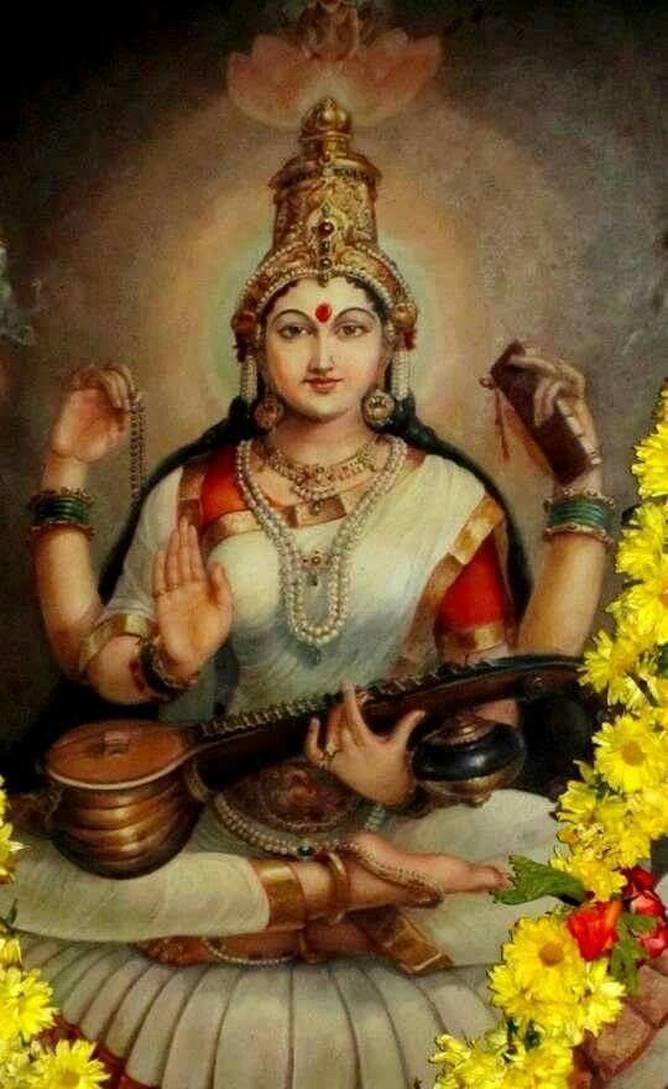
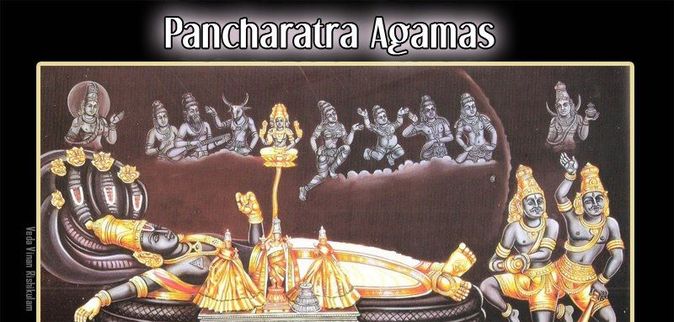
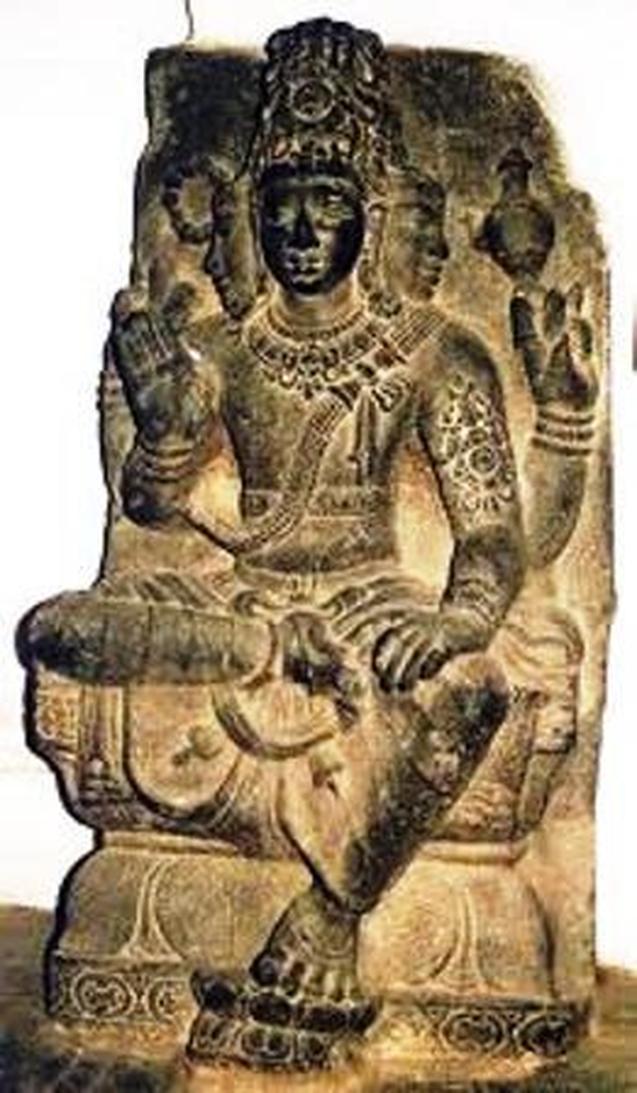
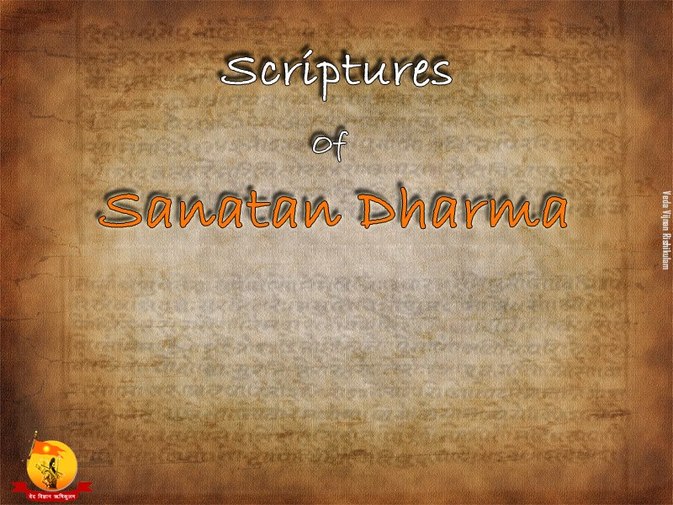
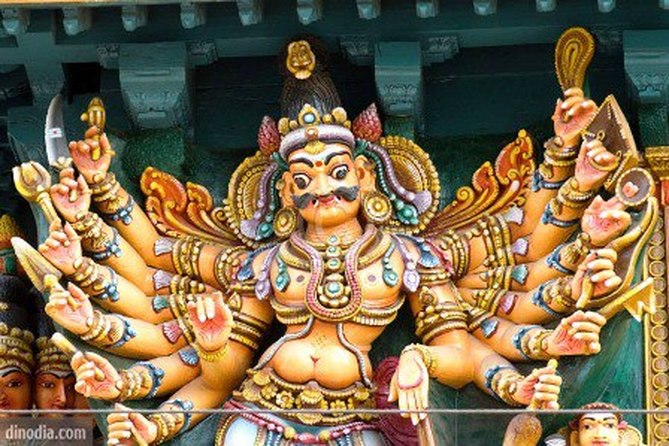
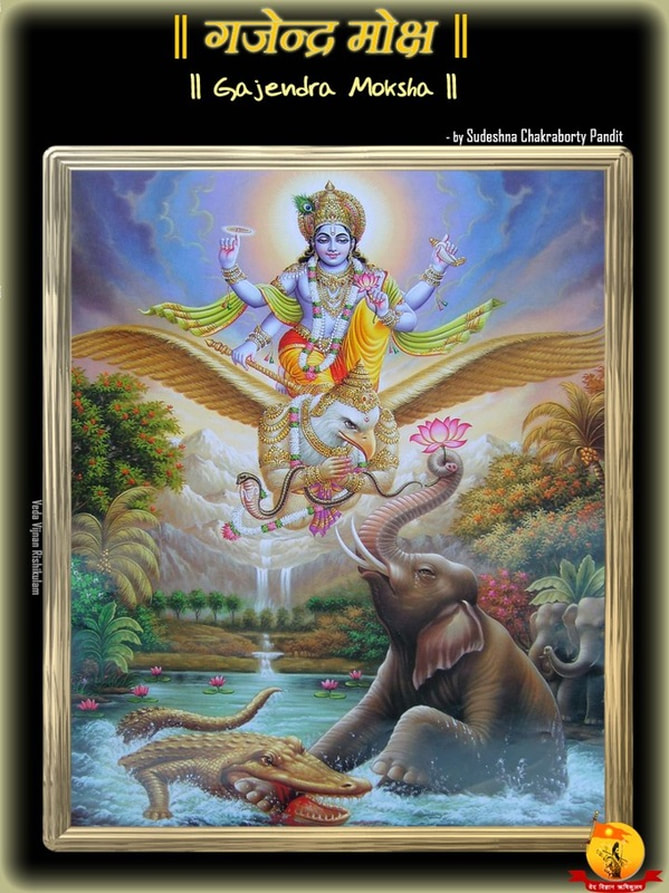
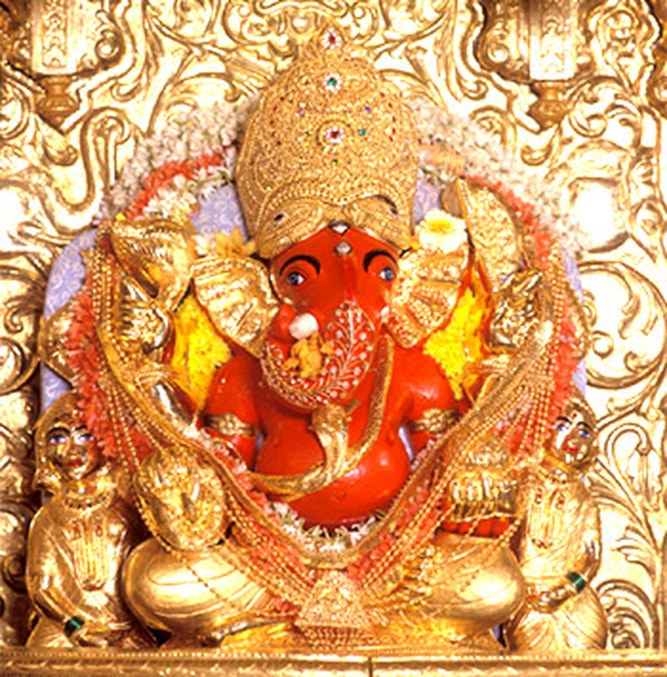
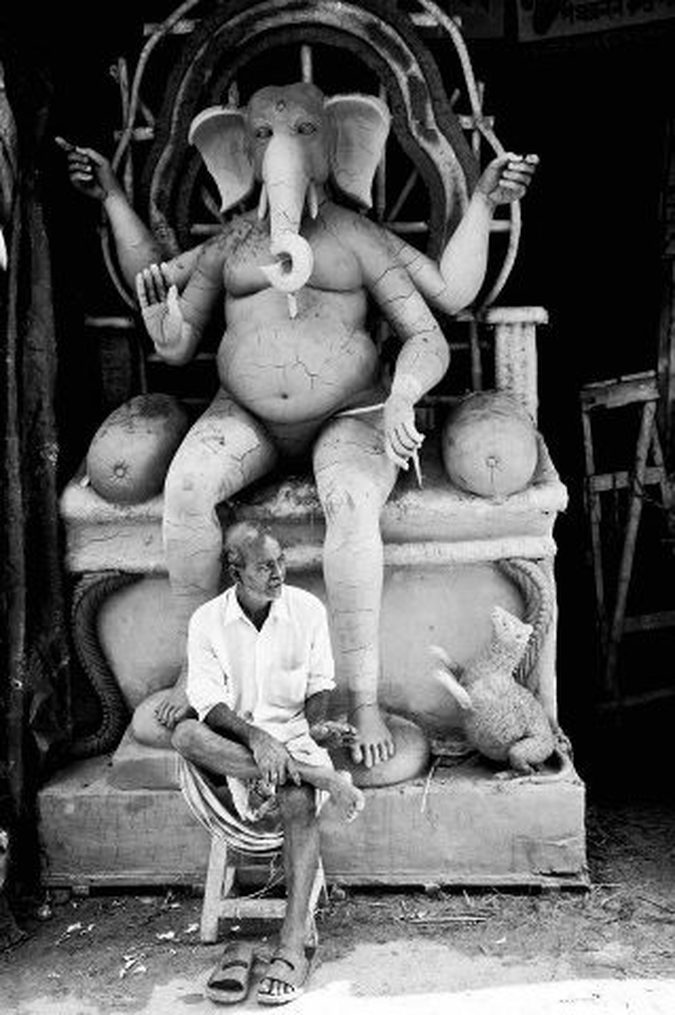
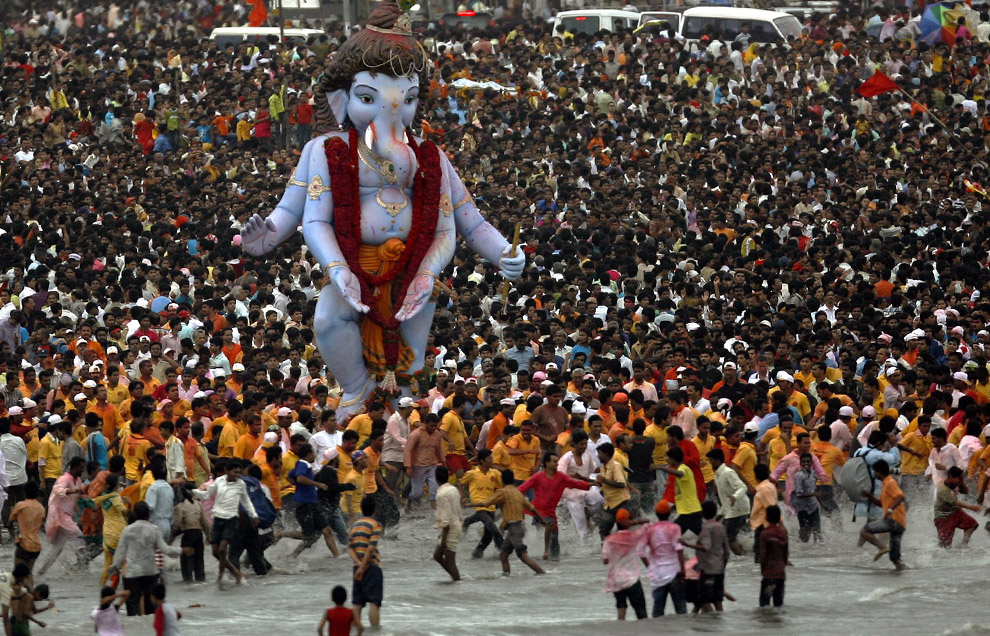
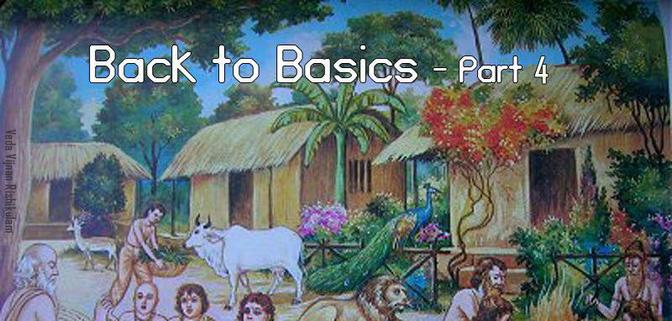

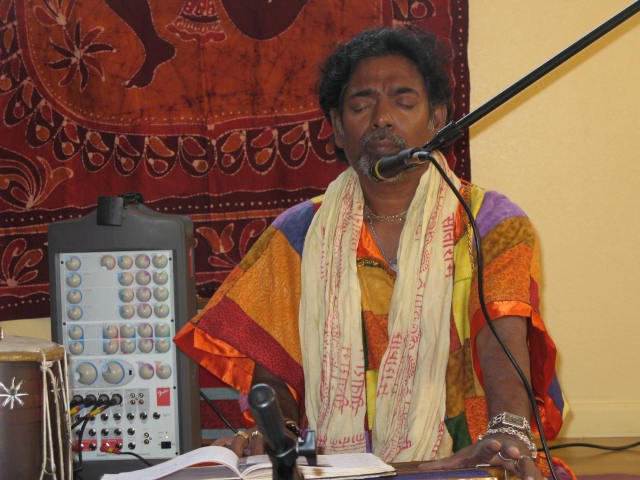
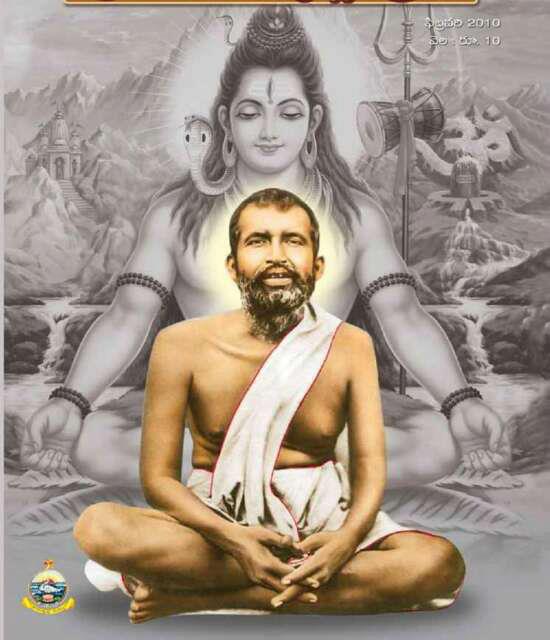
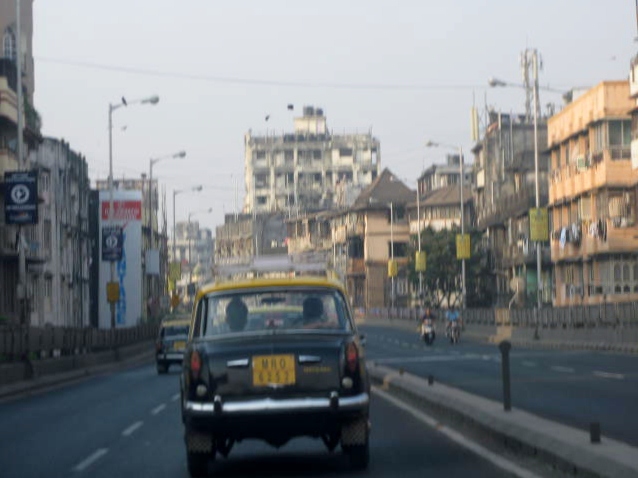

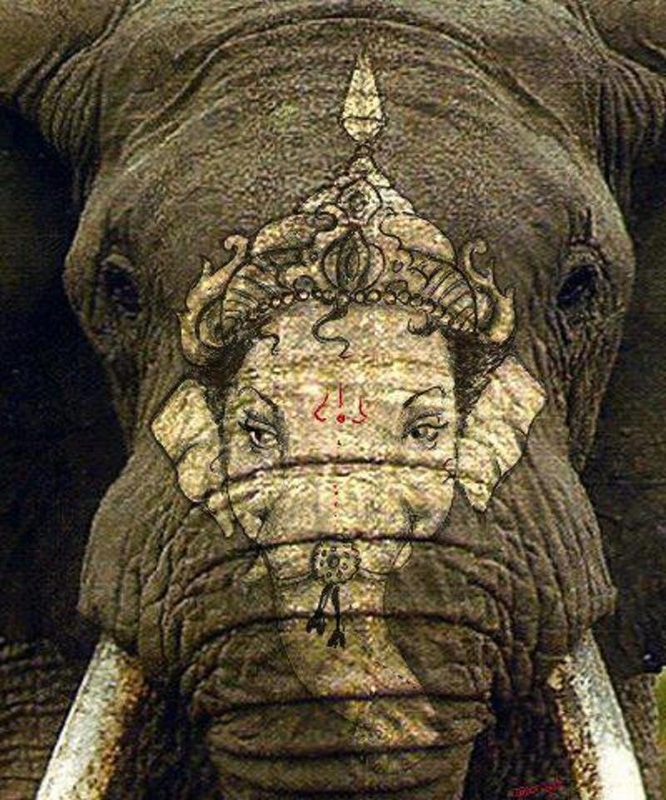
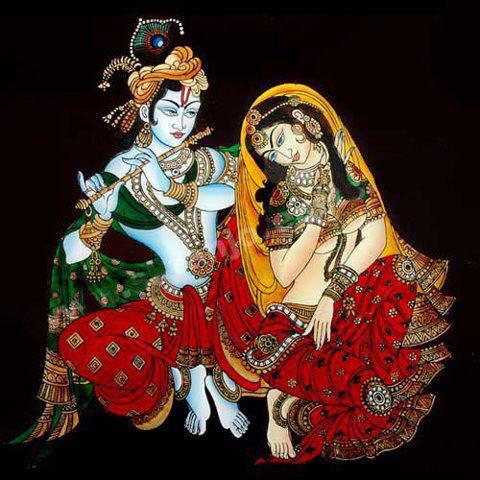
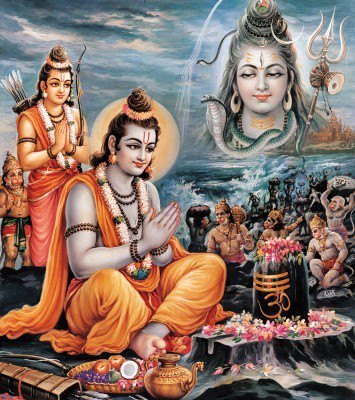
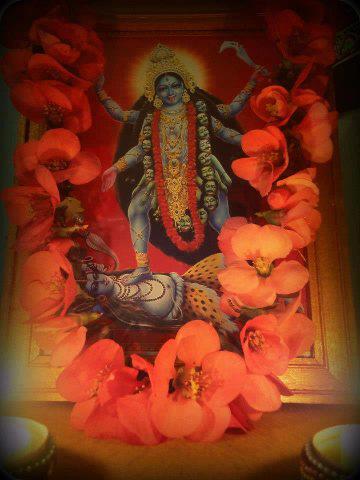
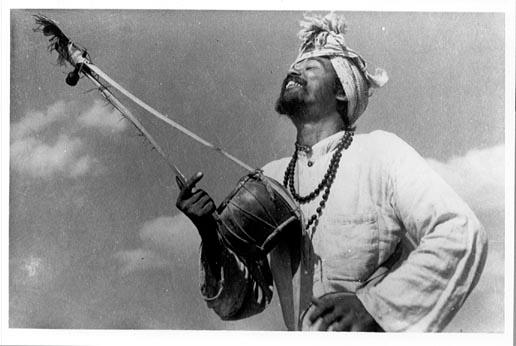
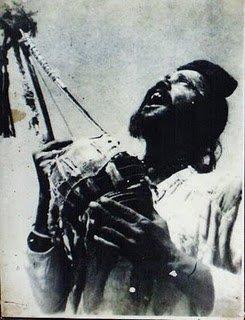
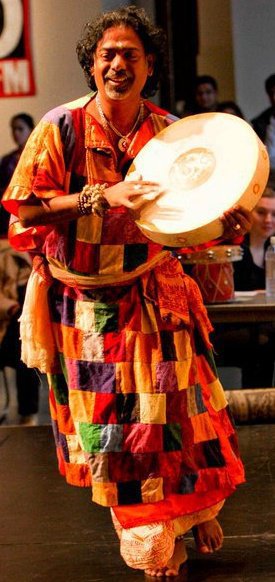
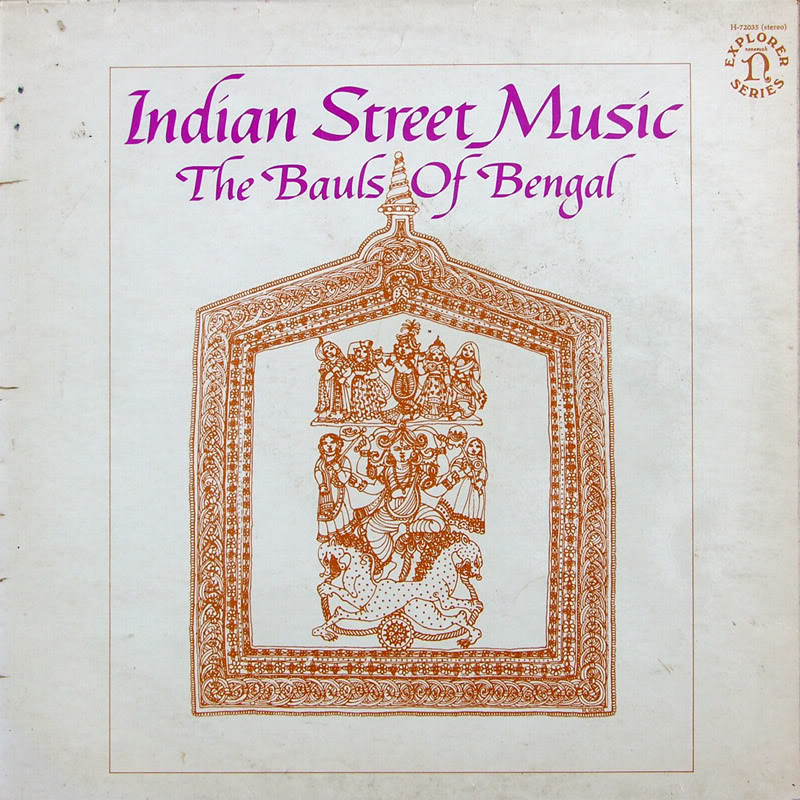
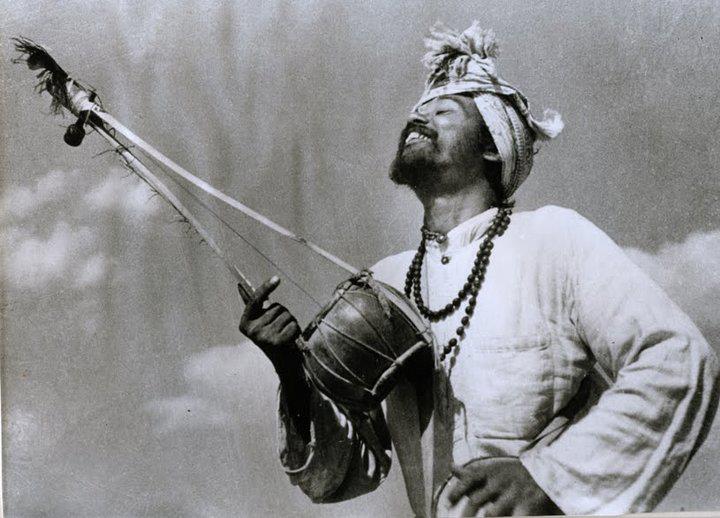
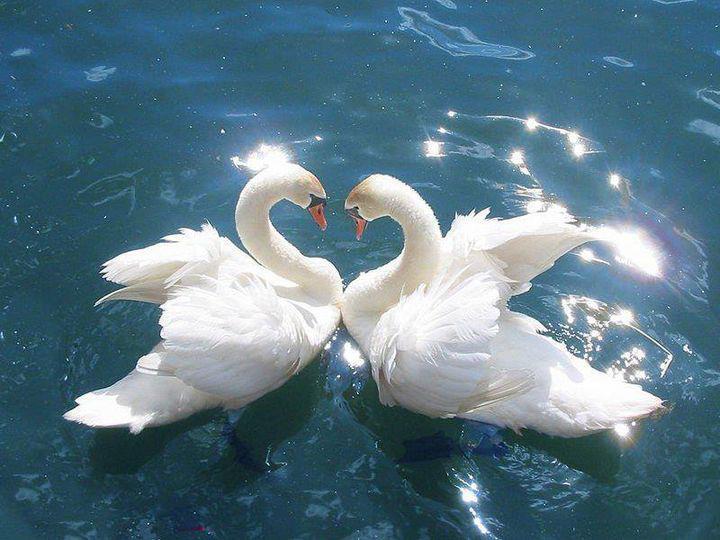
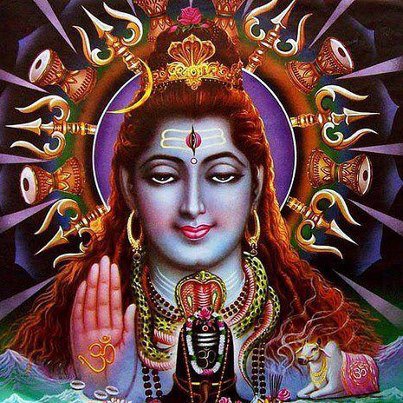
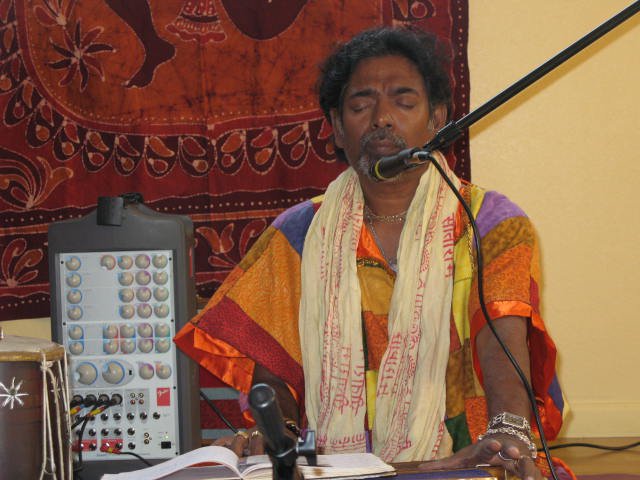
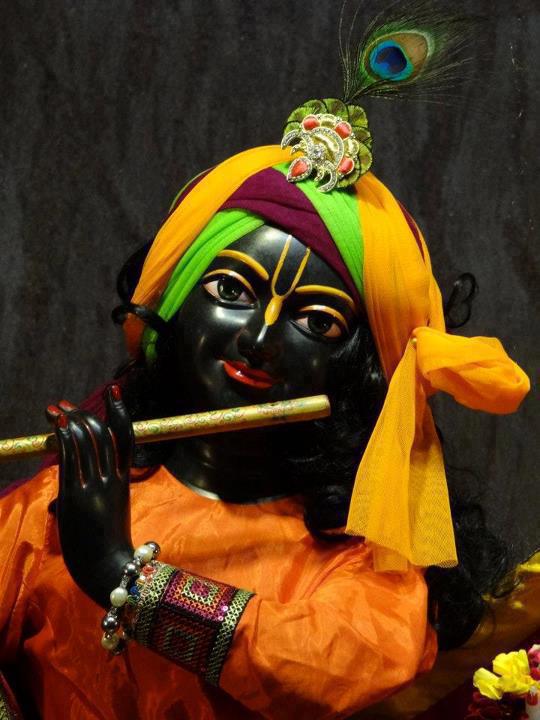
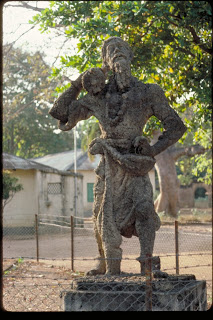
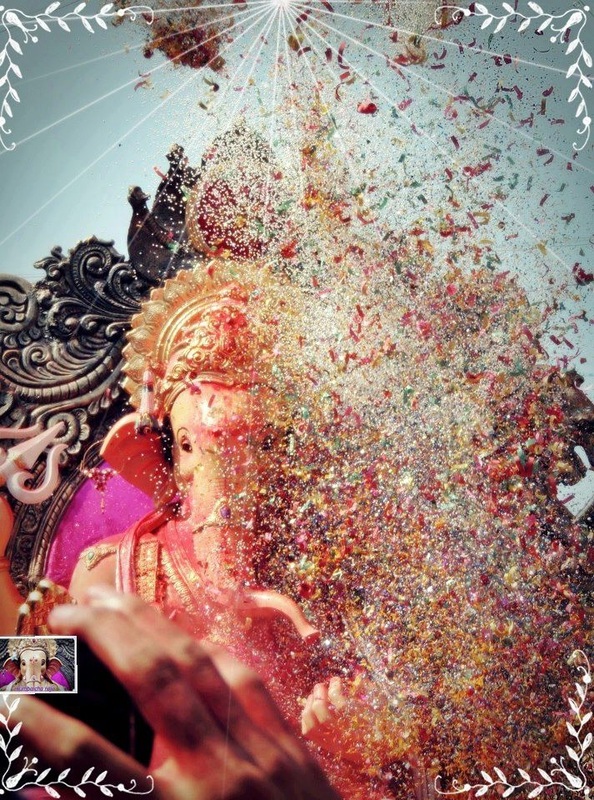
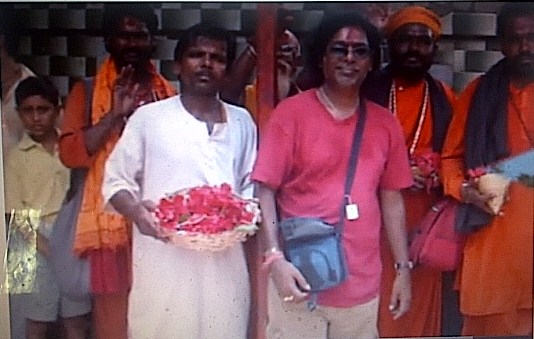
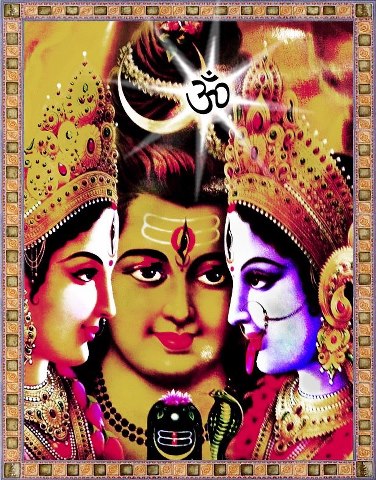
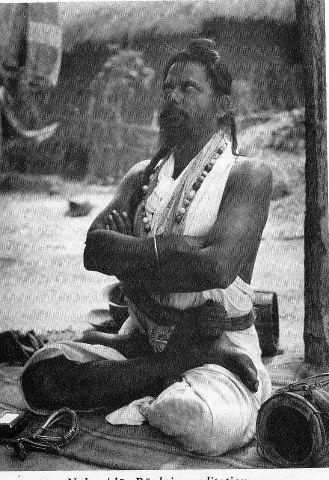
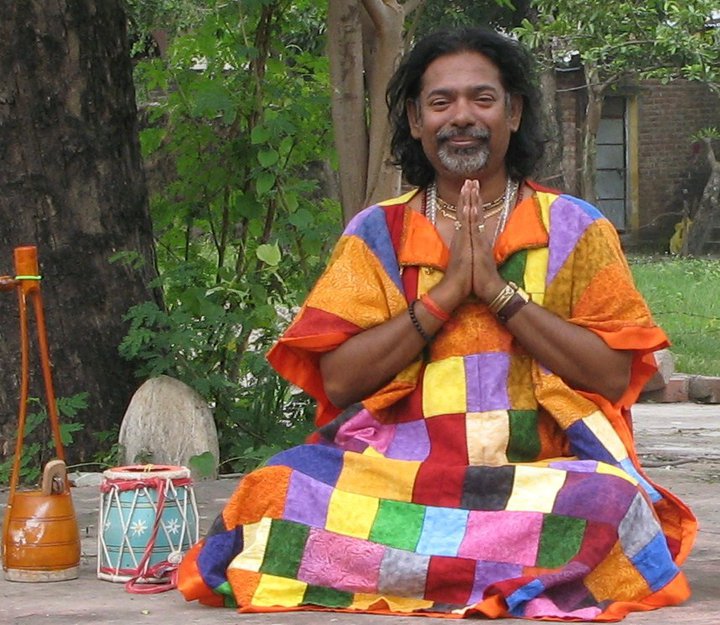
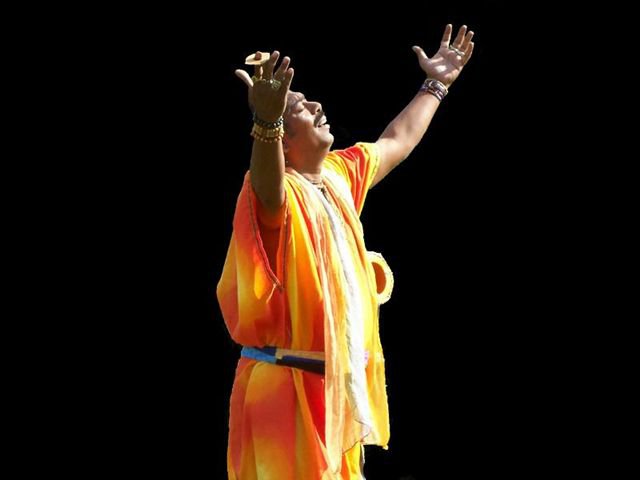
 RSS Feed
RSS Feed
